Advancements in Genetic Testing
Advancements in genetic testing technologies are significantly influencing the Arginase Deficiency Market. The development of more accurate and accessible genetic tests allows for earlier diagnosis of arginase deficiency, which is crucial for effective management of the condition. As testing becomes more widespread, it is anticipated that the number of diagnosed cases will increase, subsequently driving demand for treatment options. The market for genetic testing is projected to grow, with estimates indicating a compound annual growth rate of over 10% in the coming years. This growth in genetic testing not only facilitates timely interventions but also enhances the understanding of the disorder, potentially leading to innovative therapeutic approaches within the Arginase Deficiency Market.
Growing Patient Advocacy Groups
The emergence of patient advocacy groups is playing a pivotal role in shaping the Arginase Deficiency Market. These organizations are dedicated to raising awareness about arginase deficiency and advocating for better access to treatments and resources. Their efforts are instrumental in educating both the public and healthcare professionals about the disorder, which may lead to earlier diagnoses and improved care. Furthermore, these groups often collaborate with researchers and pharmaceutical companies to promote clinical trials and the development of new therapies. The influence of patient advocacy is likely to drive market growth, as increased awareness can lead to higher demand for treatment options within the Arginase Deficiency Market.
Regulatory Support for Orphan Drugs
Regulatory support for orphan drugs is a significant driver in the Arginase Deficiency Market. Governments are implementing policies that incentivize the development of treatments for rare diseases, including arginase deficiency. These incentives may include tax breaks, extended market exclusivity, and expedited review processes. Such regulatory frameworks are designed to encourage pharmaceutical companies to invest in the development of therapies for conditions that affect a small patient population. As a result, the Arginase Deficiency Market is likely to see an increase in the number of new drug applications and approvals, ultimately enhancing treatment options available to patients. This supportive regulatory environment is crucial for fostering innovation and ensuring that patients receive the care they need.
Rising Incidence of Arginase Deficiency
The Arginase Deficiency Market is witnessing a notable increase in the incidence of arginase deficiency, a rare genetic disorder. Recent estimates suggest that the prevalence of this condition may be around 1 in 250,000 live births. This rising incidence is likely to drive demand for diagnostic and therapeutic solutions, as healthcare providers seek to address the needs of affected individuals. Furthermore, as awareness of this disorder grows, more patients are being diagnosed, which could lead to an expanded market for treatments. The increasing number of diagnosed cases may also prompt healthcare systems to allocate more resources towards research and development, thereby enhancing the overall landscape of the Arginase Deficiency Market.
Increased Investment in Rare Disease Research
The Arginase Deficiency Market is benefiting from increased investment in research focused on rare diseases. Governments and private organizations are recognizing the need for targeted therapies for conditions like arginase deficiency, which have historically received limited attention. Funding initiatives aimed at rare disease research are on the rise, with billions of dollars being allocated annually. This influx of capital is likely to accelerate the development of new treatments and improve patient outcomes. Additionally, collaborations between pharmaceutical companies and research institutions are becoming more common, fostering innovation in the Arginase Deficiency Market. As a result, the landscape for treatment options is expected to evolve, providing hope for patients and families affected by this condition.


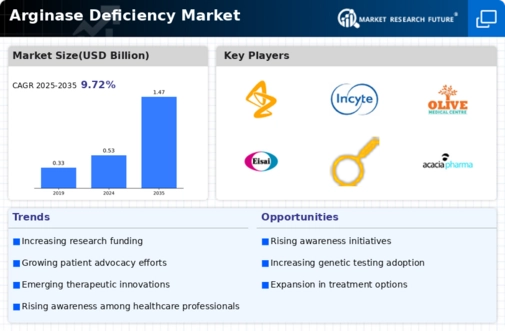
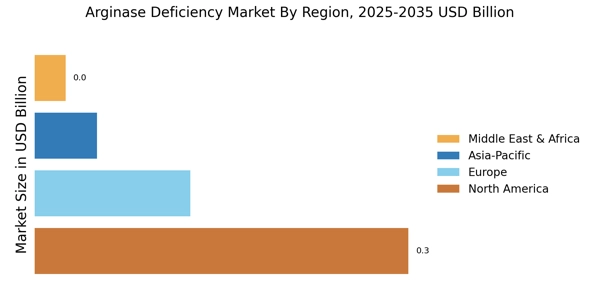


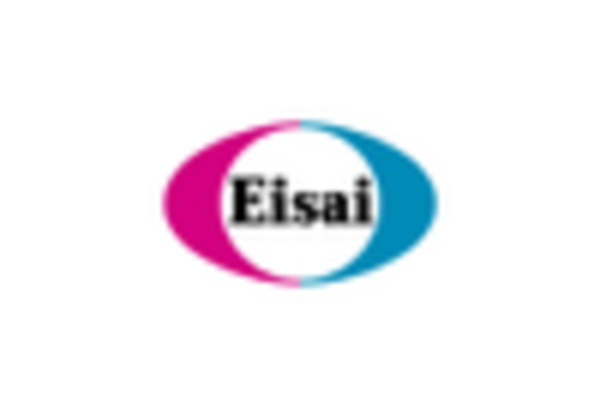
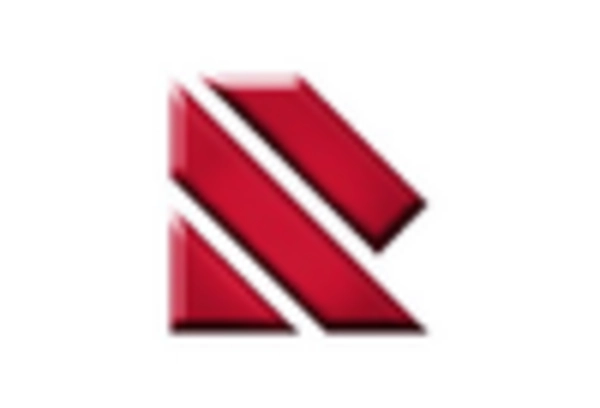

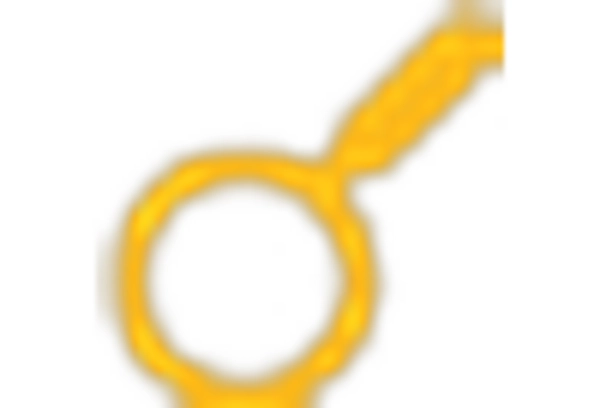








Leave a Comment